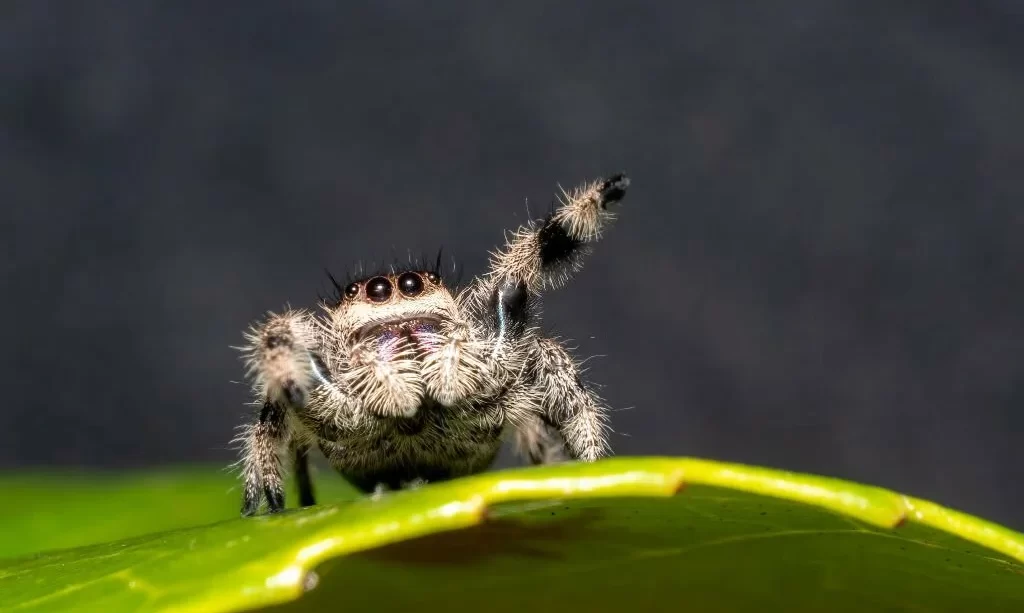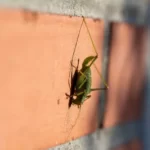The world of spiders, with its intricacies and astonishing diversity, has long held the fascination of naturalists, scientists, and arachnophiles alike. Yet, the enigmatic nature of these eight-legged creatures can sometimes lead to curious misconceptions. Among the questions that frequently arise is whether spiders have tongues. This query taps into a fundamental aspect of spider biology: their feeding structures. In this exploration, we embark on a journey through the remarkable world of spiders to understand why they don’t have tongues and how their unique feeding tools, known as chelicerae, serve as the cornerstone of their dietary habits.
Spider Anatomy
To comprehend the intriguing feeding structures of spiders, it’s essential to start with a foundational understanding of spider anatomy. These arachnids exhibit a distinctive body plan that distinguishes them from other animals. They possess two main body segments—the cephalothorax and the abdomen—each serving distinct roles. The cephalothorax houses vital organs, including the brain, eyes, and feeding structures. The abdomen, on the other hand, primarily functions in digestion, reproduction, and silk production.
Of particular interest in spider anatomy are the spider’s legs and their silk-producing organs, known as spinnerets. However, when it comes to the central focus of our discussion—the spider’s feeding apparatus—our attention turns to the remarkable structures known as chelicerae.
Chelicerae: Spider’s Feeding Tools
At the heart of spider feeding are the chelicerae, which serve as the primary feeding tools of these arachnids. Unlike tongues, which are found in many mammals and some other animals, chelicerae are highly specialized appendages adapted for piercing, grasping, and injecting venom into their prey. These structures are located on the cephalothorax, just in front of the spider’s pedipalps and the legs.
One of the most striking features of chelicerae is the presence of fangs, which are often associated with venom delivery. These fangs come in various shapes and sizes, depending on the spider species and their dietary preferences. Additionally, chelicerae typically contain venom glands, which produce and store the potent substances that immobilize or digest the spider’s prey.
Chelicerae are adapted to meet the diverse feeding needs of different spider species. Some spiders use their chelicerae primarily for capturing and immobilizing insects, while others, like web-building spiders, employ them for silk spinning in addition to predation. The variations in chelicerae design and function are testaments to the remarkable adaptability of spiders and their pivotal role in ecosystems.
In the following sections, we will delve deeper into the complex and fascinating world of spider feeding, exploring their diverse diets, strategies for prey capture, and the role of silk and venom in their predatory behaviors. We will also address the myth of spider tongues, clarifying the distinction between these remarkable arachnids’ chelicerae and the tongues found in other animals.
Spider Feeding Habits
The world of spider feeding habits is a diverse and fascinating one. Spiders, as a taxonomic group, showcase a remarkable range of diets, preying on various forms of arthropods, insects, other spiders, and even small vertebrates. Their strategies for capturing, immobilizing, and consuming prey are as varied as their menu choices. For instance, some spiders actively hunt their prey, while others construct intricate webs to ensnare unsuspecting victims. Some employ a combination of tactics, while a few even adapt their feeding behaviors to different life stages.
One common thread among spider feeding habits is the reliance on venom. Spiders use their chelicerae, often equipped with fangs, to deliver venom that subdues or paralyzes their prey. After the prey is immobilized, digestive enzymes are injected into the victim, breaking down its internal tissues for consumption. This external digestion, facilitated by the spider’s venomous bite, sets the stage for a spider’s unique approach to feeding.
Dispelling the Tongue Myth
One enduring misconception surrounding spiders is the belief that they have tongues similar to those of mammals. However, as we delve into the intricacies of spider anatomy and feeding structures, it becomes evident that this is not the case. Spiders lack tongues as they are commonly understood, and instead, they rely on their specialized feeding tools known as chelicerae.
Chelicerae, with their fangs and venom glands, serve a fundamental role in spider feeding. These structures are adapted for piercing, grasping, and delivering venom to their prey. They are not used for chewing or manipulating food in the way tongues are used in mammals. The myths surrounding spider tongues are dispelled by understanding the unique adaptations that have evolved in these arachnids for predation and feeding.
Adaptations in Spider Feeding
The richness of the spider world becomes evident in the adaptations that different spider species have developed for feeding. These adaptations are influenced by the spider’s ecological niche, prey availability, and habitat. For example, orb-weaving spiders employ silk to construct intricate webs, which they use to capture flying insects that become entangled in their sticky threads. Wolf spiders are active hunters, relying on speed and stealth to pounce on their prey, and they lack the silk-spinning adaptations of web-building spiders.
Some spider families have taken their feeding strategies even further, demonstrating remarkable specializations. For instance, jumping spiders are known for their keen vision, which they use to stalk and ambush their prey, often with acrobatic precision. Crab spiders are experts in camouflage, blending seamlessly with flowers and waiting for unsuspecting pollinators to draw near.
Conclusion
In the intricate world of spiders, the absence of tongues does not hinder their remarkable success as predators. Instead, they have evolved an array of unique adaptations, with chelicerae as the centerpiece of their feeding apparatus. Spiders, with their diverse diets and predation tactics, play a vital role in maintaining ecological balance by controlling insect populations and serving as important links in food webs.
Understanding the truth about spider feeding structures and dispelling the myth of spider tongues allows us to appreciate these remarkable arachnids for what they are: masters of predation and essential components of the natural world. The complexity of their feeding strategies showcases the diversity of life on our planet and underscores the importance of dispelling common misconceptions about these enigmatic and ecologically valuable creatures.



